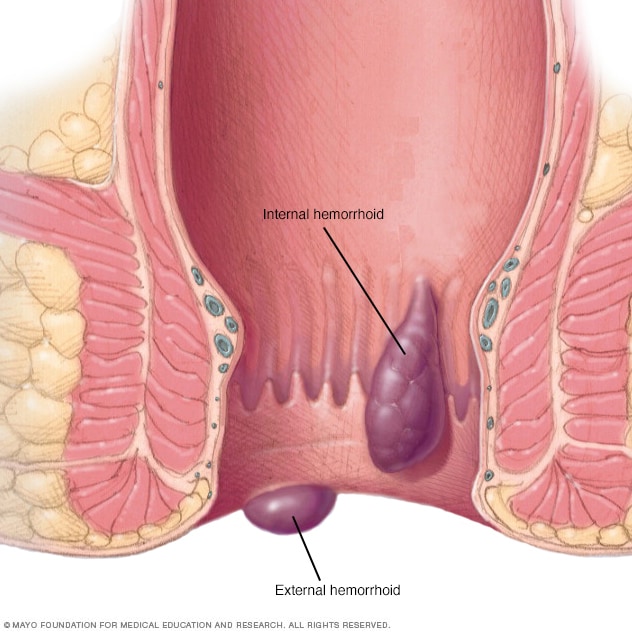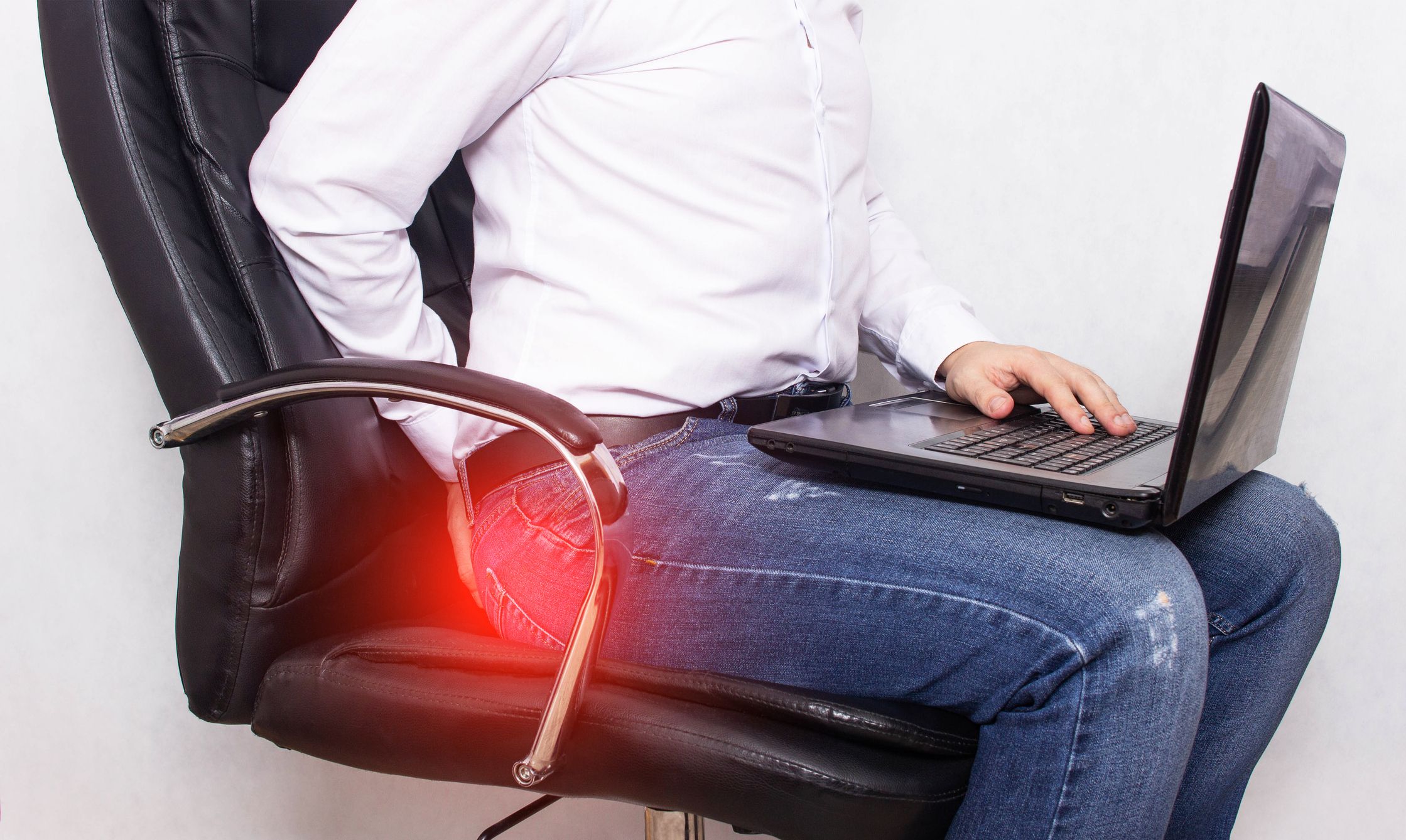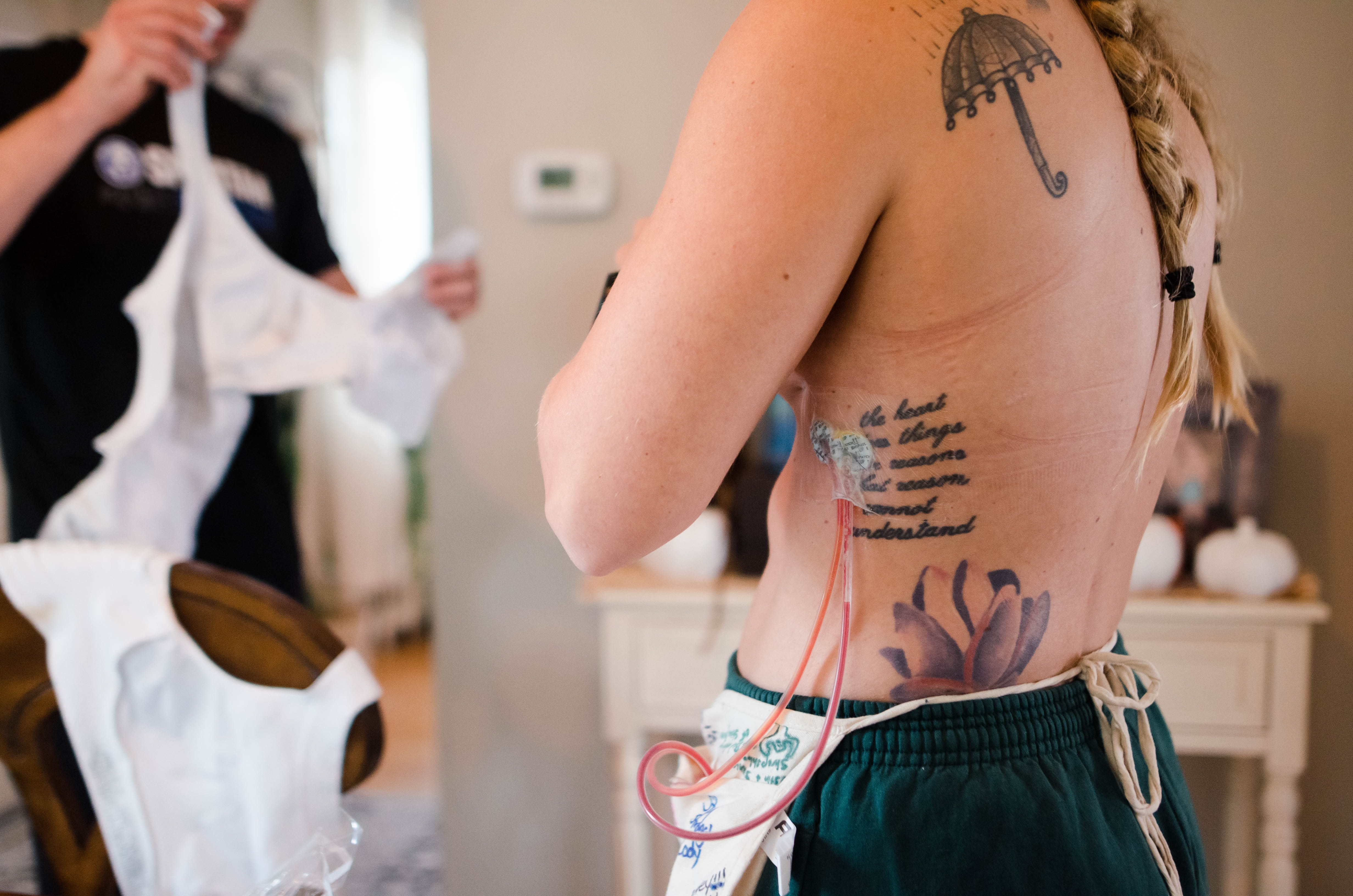This article has been verified medically by Dr Denis Cheong, colorectal surgery specialist of Surgi-TEN Specialists at Farrer Park Hospital (Singapore).
About the Doctor
Piles diagnosis. Although piles or haemorrhoids (terms that are used interchangeably) are rarely spoken of, you may be interested to know that nearly one in two adults will experience problems with them from time to time. Haemorrhoids are the most common cause of rectal bleeding, but what may surprise you further is that piles themselves are not the problem—as a matter of fact, everyone has them.
They cause issues only when they get inflamed or distended.
Types of haemorrhoids and issues that arise
Haemorrhoids fall under two categories: internal and external. Internal piles are more common. While you probably will not feel them, they can cause bleeding during bowel movements, as well as pain and discomfort if they protrude or prolapse from the anal opening. When internal piles protrude, they can collect stool particles and mucus which cause irritation (pruritus ani). When this happens, wiping to relieve itching can worsen the problem.
To assess the severity of internal piles, their symptoms have been classified into four degrees:
– First-degree piles bleed but do not prolapse
– Second-degree piles protrude but retract on their own
– Third-degree piles have to be pushed back in with a finger
– Fourth-degree piles cannot be pushed back in
External piles, which occur under the skin around the anus, are more uncomfortable as there are more pain-sensing nerves in this area. In this regard, the lumps are more likely to be felt and are also more prone to irritation as the skin gets eroded by movement and garments. Severe pain can come on suddenly if a blood clot forms inside an external haemorrhoid.

Internal haemorrhoids may cause rectal bleeding but do not usually cause discomfort. External haemorrhoids are more prone to itching and irritation. (Source: Mayo Clinic)
Diagnosing piles and haemorrhoids
Although piles are not considered dangerous and often subside within a few days without treatment, any rectal bleeding and lumps which do not resolve after one week of home care should be examined by a doctor to rule out serious conditions such as colorectal and perianal cancers, polyps and inflammatory bowel disease.
Your doctor may ask about your medical history and conduct one or both of the following:
- a visual examination to look for swelling and other issues
- a digital rectal exam where the doctor will put on gloves, apply lubrication and insert a finger into your rectum to feel for problems.
A more thorough review may include anoscopy. This is a procedure where an anoscope, which is a short plastic tube, is used to examine your anal canal. Your doctor may recommend a colonoscopy which uses a flexible tube to examine your large intestine to rule out more serious problems. Tissue samples may also be taken to a lab for further analysis and polyps removed as needed.












